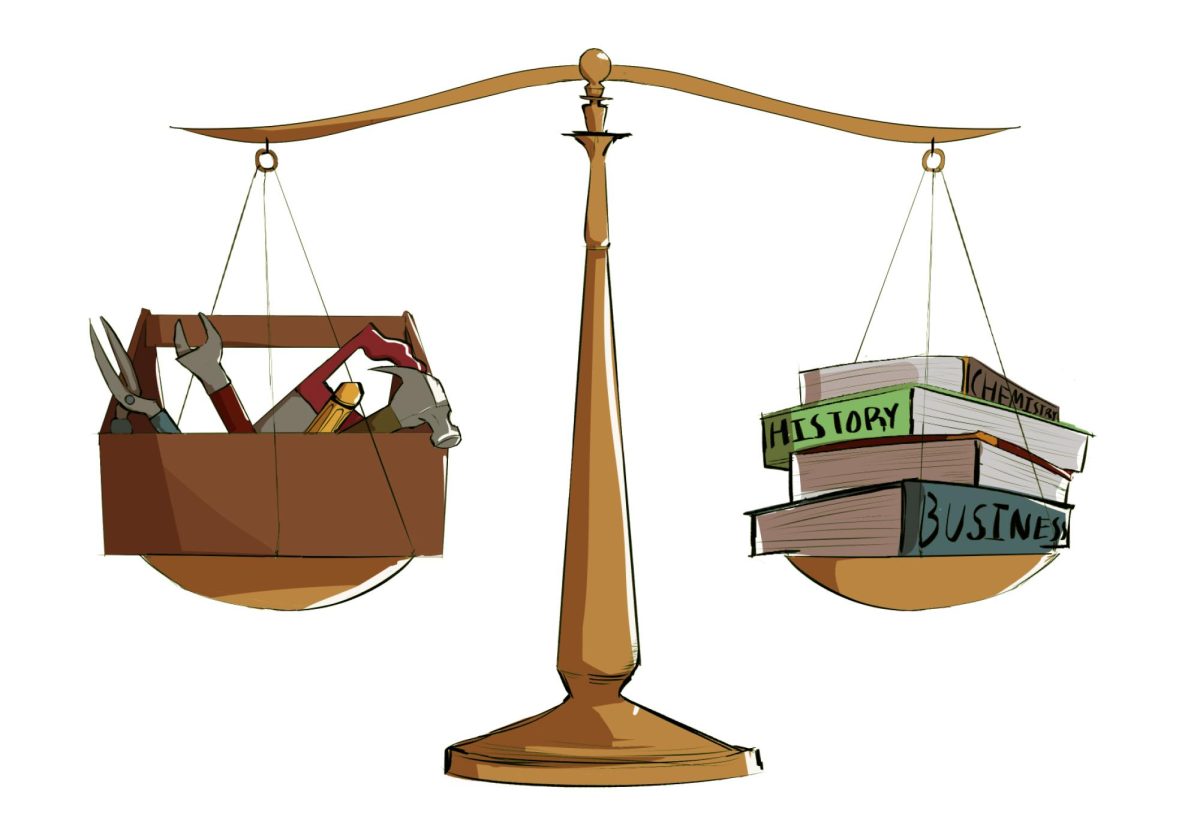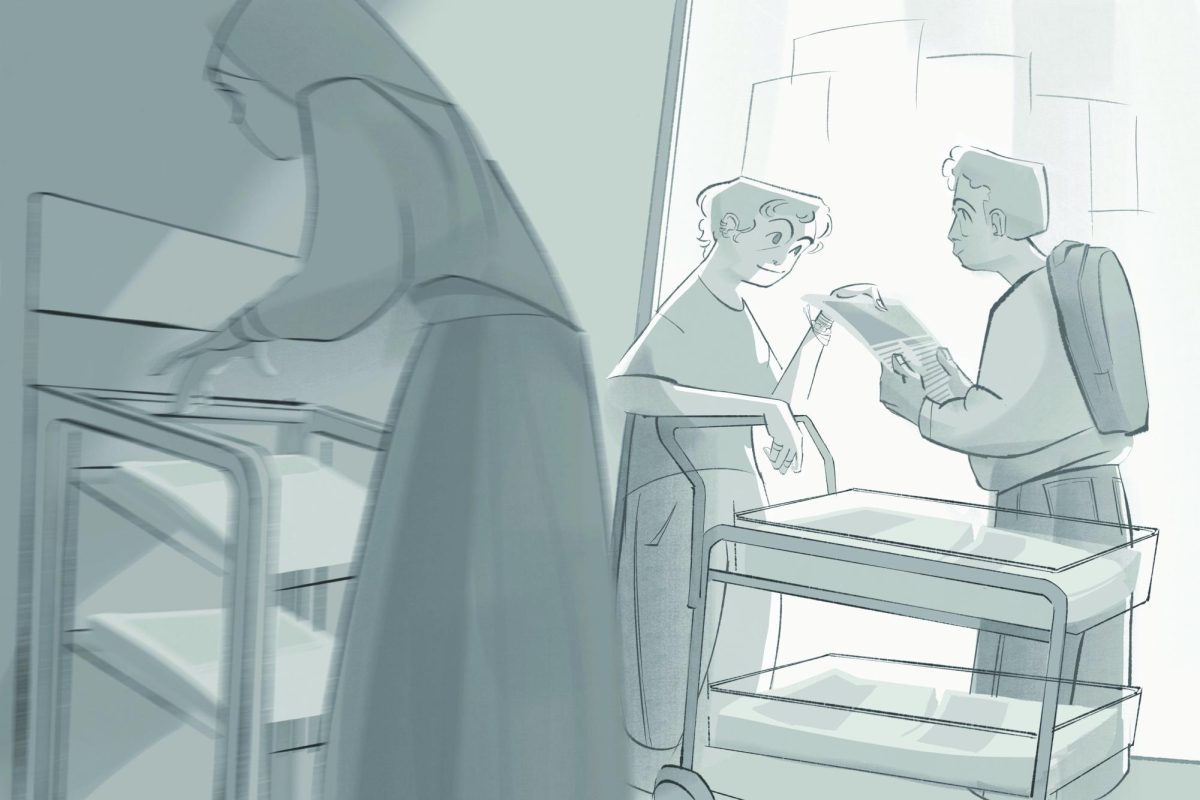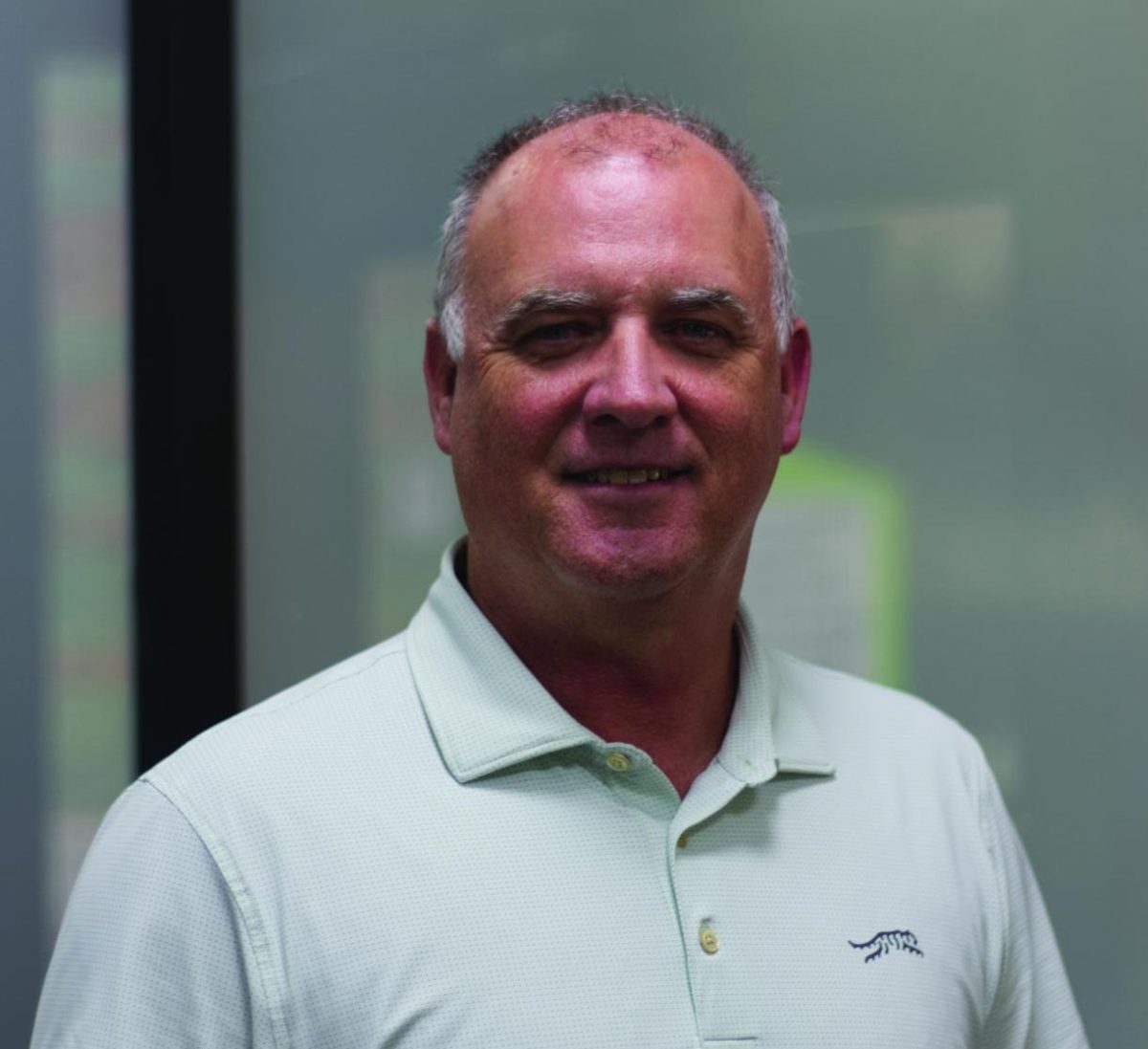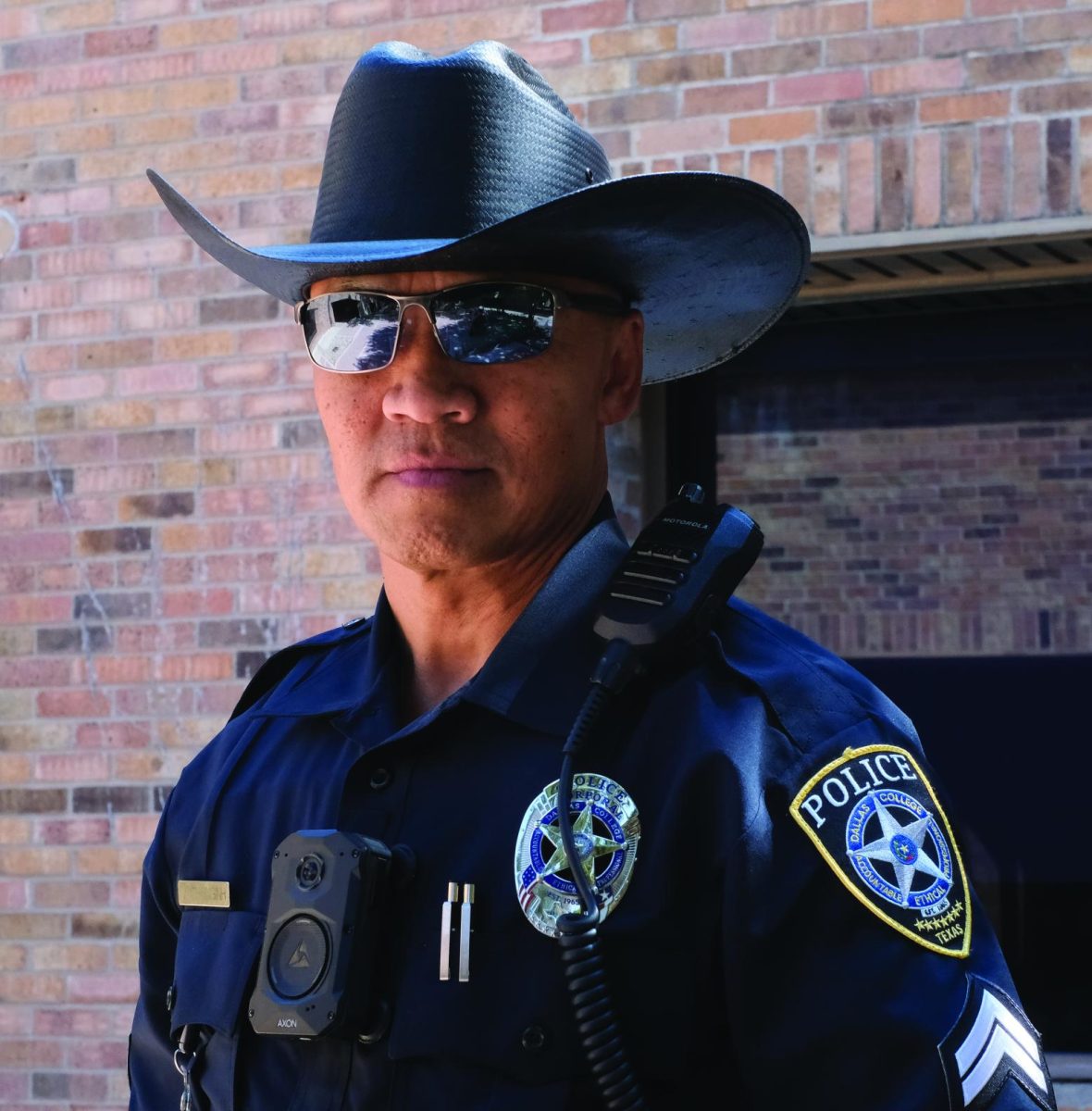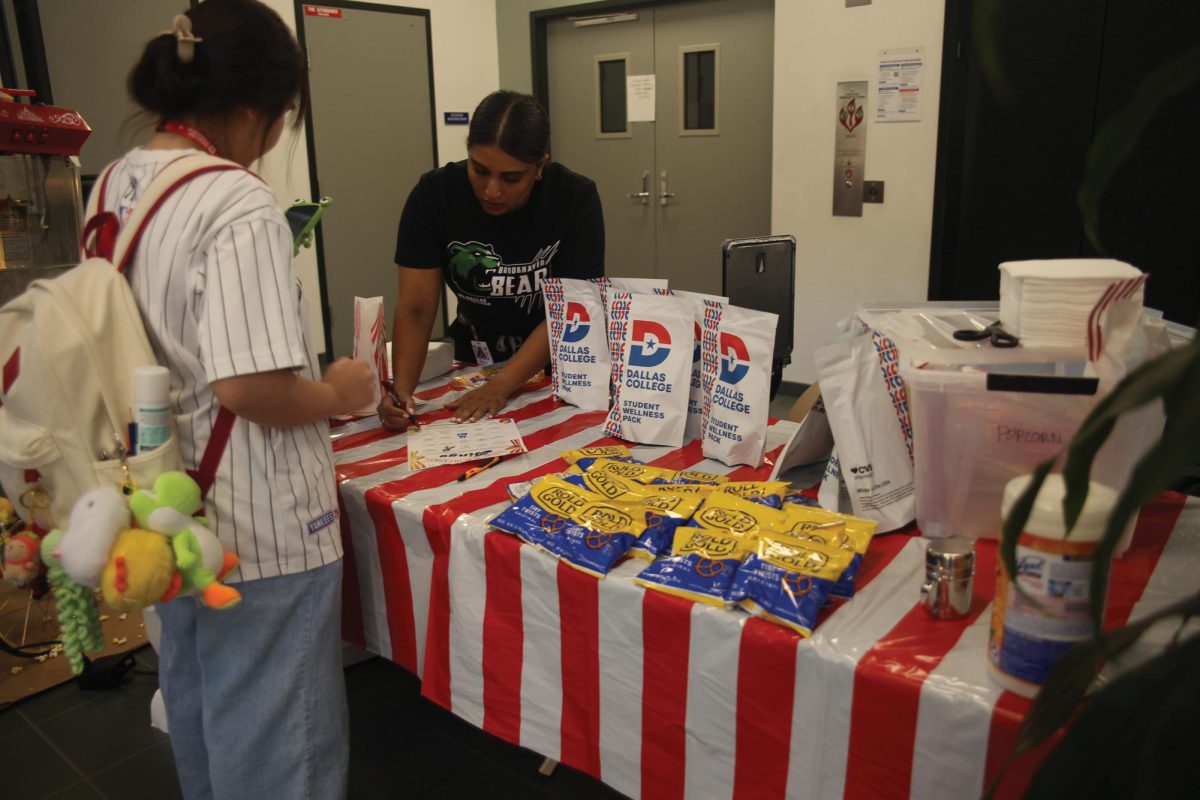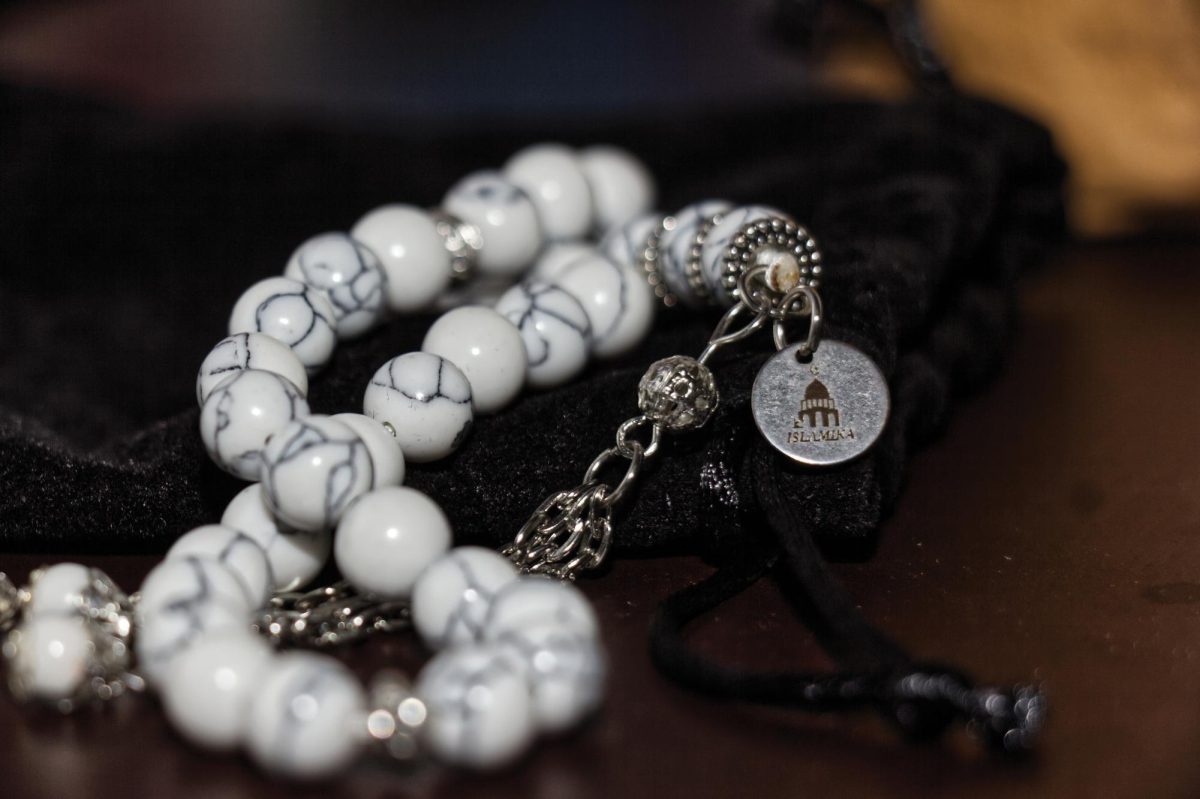You’ve probably walked past it, maybe on your way to class, phone in one hand, coffee in the other. Just a patch of green next to a parking lot, easy to miss. But look a little closer, and you’ll see the blur of wings, the hum of bees and the stubborn pulse of life trying to claw its way back into the modern landscape.
This is the Brookhaven Pollinator Garden, a small plot of native flowering plants sticking out like an island in an ocean of mowed grass.
Funded by Dallas College and maintained by volunteers from the Texas Master Naturalist program, the garden offers something rare: a space where native Texas species can breathe, bloom and buzz, mostly in peace.
The garden exists for the pollinators: insects that prop up ecosystems and food chains but are vanishing in silence. Butterflies, moths and native bees with names no one remembers. What’s left of them can be found here, hovering between milkweed and goldenrod, happily helping plants reproduce in exchange for sweet nectar.
Sandra Horton and Justin Langhorst know every inch of the place. They co-lead the project as part of the North Texas chapter of the Texas Master Naturalist, watering, pulling weeds and keeping the living patchwork stitched together with sweat and patience.
Horton explained how the ubiquitous honey bee was brought to America from Italy. She described the important work the native bees do and how they are often the only species that pollinate certain flowers. Without their efforts, plant biodiversity drops due to lack of specialized pollinators.
The two are not stopping at the garden’s edge, either. Horton and Langhorst are expanding operations to a nearby acre, turning another tired patch of turf into a native prairie. This will take many years, however. Invasive grass removal is a tough, uphill battle.
Modern landscaping favors sterile perfection: flat lawns, sprayed weeds, zero bite or buzz. That mindset has helped drive what scientists call the “insect apocalypse” or the steep, global decline in insect populations and biodiversity. And as the insects go, so do the birds, the wildflowers and our agricultural systems.
“When was the last time you saw fireflies?” Horton asked. “We have them here in the garden.”
Still, there’s hope here.
The garden now hosts butterflies, dragonflies, native bees and birds.
Bluebird and owl boxes, maintained by volunteers and Eagle Scouts, provide homes that would otherwise be hard to find in far north Dallas. Where other neighborhoods are dominated by grackles and other urban bird species, Brookhaven’s bluebirds chatter and swoop among cardinals, wrens and swallows.
The Master Naturalists need volunteers, not just nature lovers, but people willing to pull weeds, plant natives and water in the Texas heat.
Students. Staff. Anyone who’s tired of pretending a patch of Bermuda grass is nature.
The Texas Master Naturalist group meets the first Wednesday of every month in Building H, Room 125, from 6 p.m. to 9 p.m. The meetings are open to anyone curious about restoration work, volunteering or learning how to bring biodiversity back to their own little patch.
If nothing else, know this: next time you walk by and see something green and blooming, you can do more than admire it. Bend down. Learn what doesn’t belong. Yank it out.
Give the wild a little room to breathe.



